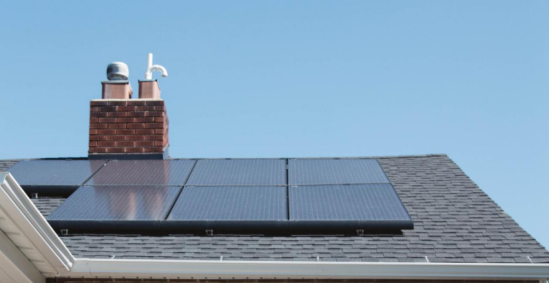
At nRuiT Energy, we’re always looking ahead to our battery energy storage solutions that can help us solve problems for our customers. Battery energy storage systems allow us to solve many energy storage problems, for instance, by providing reliable emergency power backup.
A battery energy storage system is nothing new to people; it is a rechargeable battery system that stores energy from solar arrays or the electric grid and provides that energy to a home or business. Since it contains cutting-edge innovation that regular batteries don’t, it can easily perform difficult or impossible tasks, such as peak shaving and load shifting.
Here, I will show you how our home energy storage system works.
- STEP 1: Charge
During daylight, the battery energy storage system is charged by clean electricity generated by solar.
- STEP 2: Optimize
Intelligent battery software uses algorithms to coordinate solar production, usage history, utility rate structures, and weather patterns to optimize the stored energy.
- STEP 3: Discharge
Energy is discharged from the battery energy storage system during high usage, reducing or eliminating costly demand charges.
In the last article, we compared the advantages and differences between Power Porter 5.0 and Power Porter 9.0. (Which Is The Best Solar Battery Storage System? Power Porter 5.0 or Power Porter 9.0?)Today, we will take a close look at Power Porter 11.0 and Power Porter 15.0.
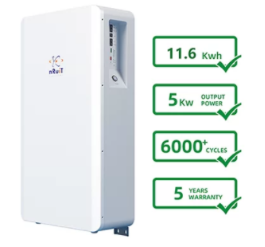
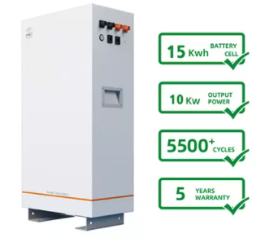
- Specification ofPower Porter 11.0
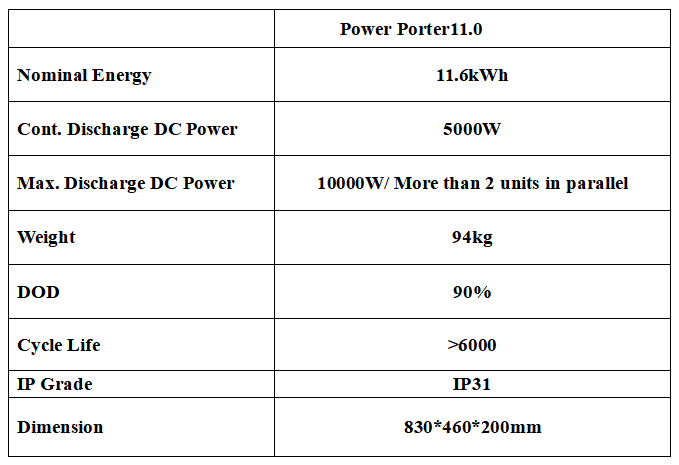
- Specification of Power Porter 15.0
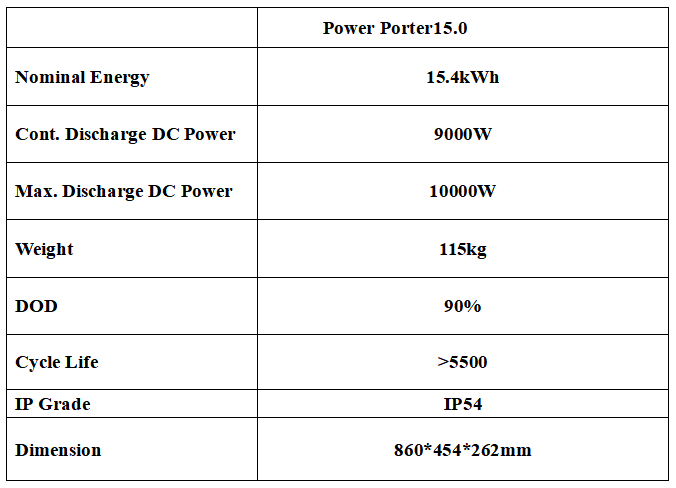
(Contact our solar battery storage system expert to get more details!)
- TechnologyAbout Power Porter 11.0 & Power Porter 15.0
Each energy storage unit contains several components: battery modules, onboard sensors, control components, and an inverter. In DC-coupled units, a separate inverter is used. In AC coupled units, the inverter is integrated into the system. These components make energy storage systems more than mere batteries.
Multiple swappable battery modules prevent an entire energy storage unit from going down if one battery module fails. The module can be swapped out for another with no downtime.
Sensors ensure safe operation and allow for remote monitoring.
Onboard sensors help maintain appropriate operating temperatures, watch for battery module failure, and report usage data to you and your energy company.
Control components mean energy storage systems can be set up.
However, they need to perform their intended job without any ongoing user intervention. For example, batteries can be configured to automatically charge when energy is cheapest and automatically discharge when it’s most expensive, or they can be configured to store energy in case of a power outage.
Integrated inverters make installation easy and inexpensive.
While DC-coupled battery storage systems with separate inverters can be cheap, efficient, and good for off-grid homes, they offer much less flexibility than AC coupled units with integrated inverters. Like Tesla’s Powerwall 2, AC coupled units have more capabilities, work without solar arrays, and are easier to install. Modern systems plug into an existing power network.
Best–in–class energy storage systems have a few more key components:
- Built-in Cooling Systems
- Weatherproof Construction
- Scalable Architecture
Built-in cooling ensures optimal performance.
Weatherproof construction means energy storage systems can be mounted outside without the added cost of protective structures. Scalable architecture means multiple energy storage units can be linked to form a larger system. Additional units can always be added later.
In short, these components make our battery energy storage systems safe, scalable, and cost-effective.

